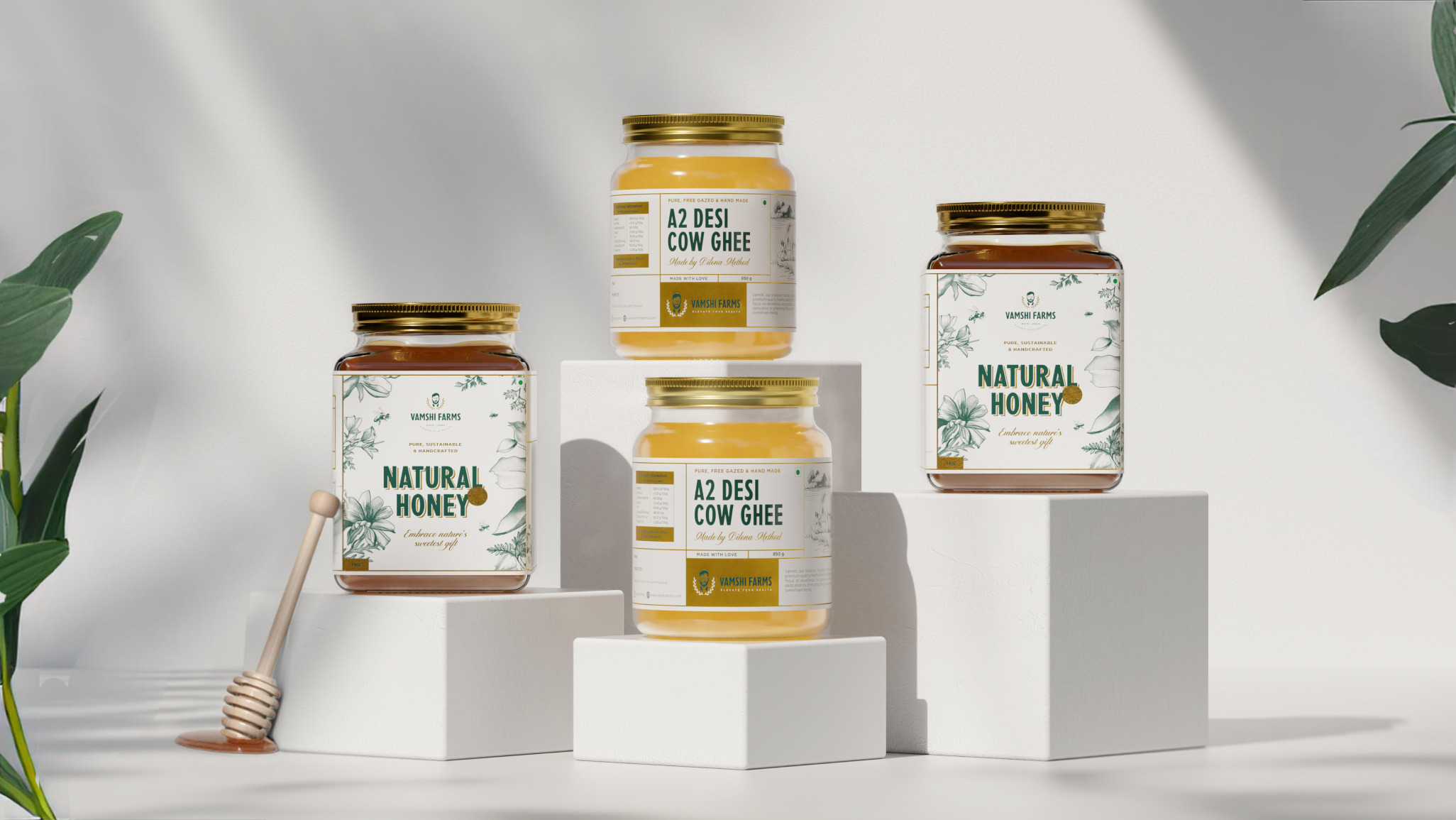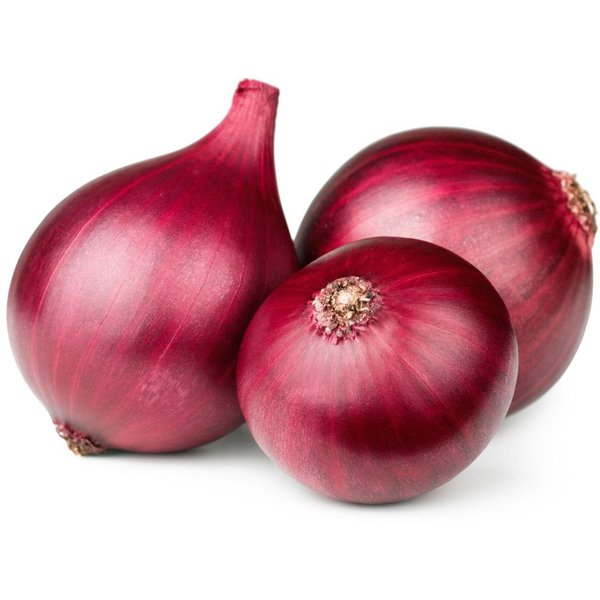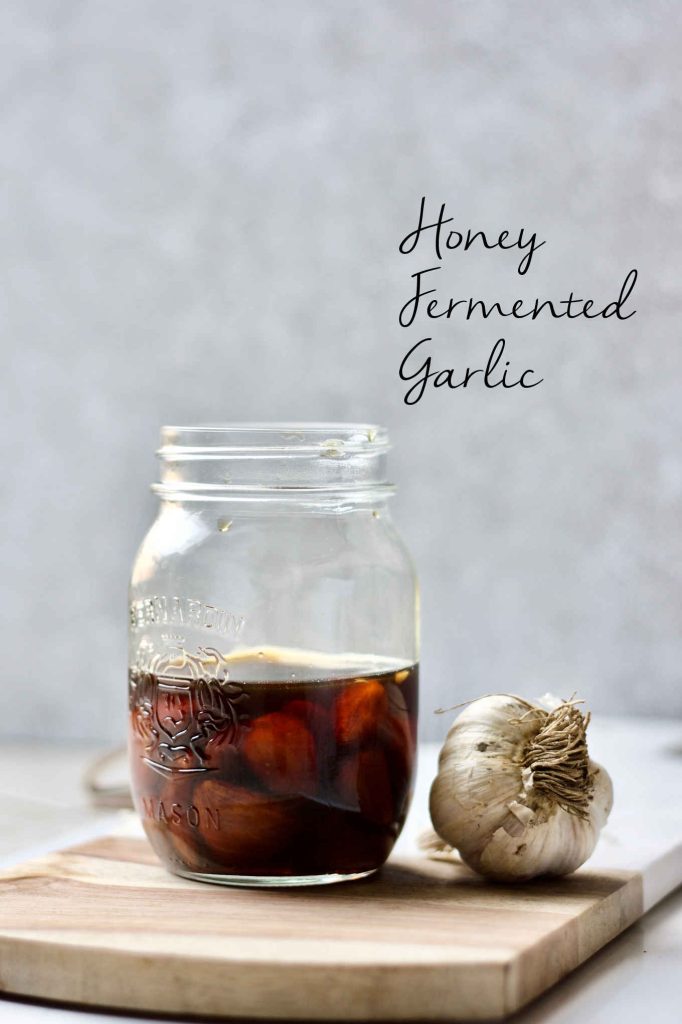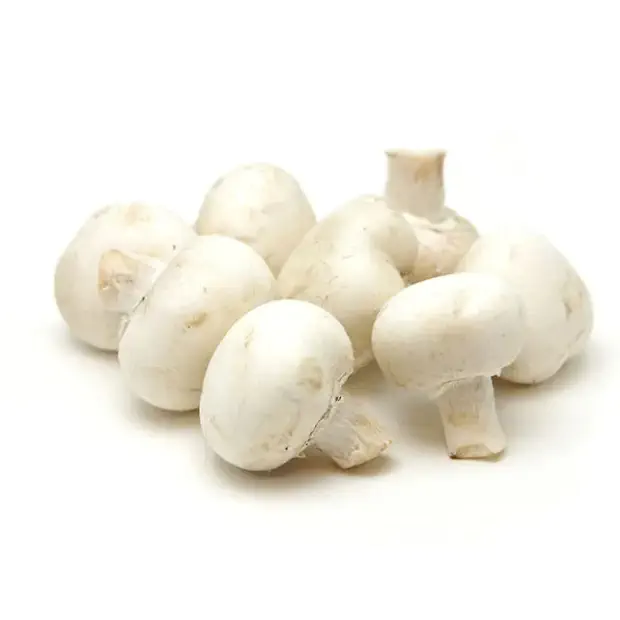Pure honey is a natural sweetener. It boasts numerous health benefits.
But how can you tell if honey is truly pure? Understanding the identity of pure honey is essential for both health and taste. Many store-bought honeys are mixed with syrups or processed, losing their natural goodness. Pure honey retains all its nutrients and offers a richer flavor.
This blog will guide you through the characteristics and benefits of pure honey, helping you make informed choices. You’ll learn how to identify pure honey and why it’s worth the effort. Stick around to discover the secrets of this golden treasure straight from the hive.
Introduction To Pure Honey
Welcome to the world of pure honey! Many of us love the sweet, golden nectar, but do we know what makes honey truly pure? In this blog post, we will explore the essence of pure honey, uncovering its definition, characteristics, and benefits. Whether you are a health enthusiast, a culinary explorer, or just someone with a sweet tooth, pure honey has something special for you. Let’s dive in and discover the magic of pure honey!
Definition And Characteristics
Pure honey is honey in its most natural form, straight from the hive without any additives or processing. Imagine you’re in a meadow, surrounded by buzzing bees, and you taste honey directly from the comb – that’s pure honey!
Here are some key characteristics of pure honey:
- Natural and Unprocessed: No added sugars or flavors.
- Rich Flavor: Retains the unique taste of the flowers the bees visited.
- Thick Consistency: Usually thicker and more viscous than processed honey.
- Cloudy Appearance: May contain particles of pollen or beeswax, making it less clear.
Importance And Benefits
Why should you care about pure honey? Here are some reasons:
- Health Benefits: Pure honey is packed with antioxidants, enzymes, and nutrients. It can help boost your immune system, soothe a sore throat, and even improve digestion. My grandmother swore by a spoonful of honey for her morning tea, and she was rarely sick!
- Natural Sweetener: Unlike refined sugar, pure honey offers a healthier way to sweeten your food and drinks. Plus, it’s delicious! Who wouldn’t prefer a drizzle of honey over their pancakes?
- Versatile Ingredient: From salad dressings to baking, pure honey can enhance a variety of recipes. It’s a must-have in any kitchen.
- Supports Beekeeping: By choosing pure honey, you support local beekeepers and contribute to the conservation of bees, which are crucial for pollination and our ecosystem.

Credit: naturesbox.in
Honey Production Process
Have you ever wondered how that golden liquid, honey, ends up in your jar? The journey from a simple flower to the honey you enjoy is quite fascinating. Let’s dive into the honey production process and uncover the incredible work done by bees to create this natural sweetener.
From Nectar To Honey
The adventure starts with nectar. Flowers produce nectar to attract bees. Bees visit these flowers and collect nectar using their long tongues. But how does nectar turn into honey?
Once the bees have collected the nectar, they store it in their ‘honey stomach’. Back at the hive, the nectar is passed from one bee to another, mixed with enzymes, and gradually transformed into honey. This step is crucial as it breaks down the complex sugars in nectar into simple sugars like glucose and fructose.
| Step | Description |
|---|---|
| Nectar Collection | Bees collect nectar from flowers. |
| Enzyme Addition | Nectar is mixed with enzymes in the bee’s honey stomach. |
| Honey Formation | Nectar transforms into honey through enzyme activity and evaporation. |
After the nectar is transformed into honey, it is stored in the honeycomb. Bees fan the honeycomb with their wings to evaporate water from the honey, making it thick and syrupy. Finally, the honey is sealed with beeswax to keep it safe until it’s harvested.
Role Of Bees
Bees are the unsung heroes in honey production. Their work is nothing short of amazing. Let’s look at the roles they play:
- Forager Bees: These bees collect nectar from flowers and bring it back to the hive.
- Processor Bees: They take the nectar from forager bees, add enzymes, and begin the honey-making process.
- Fanner Bees: These bees evaporate excess water from the honey by fanning it with their wings.
Each bee has a specific role, and they work together like a well-oiled machine. The cooperation among bees is incredible and essential to producing pure honey.
Ever seen bees buzzing around flowers? Next time you do, remember they’re hard at work making the honey you love. It’s teamwork at its best!
So, the next time you dip your spoon into a jar of honey, think about the journey it took from the nectar of a flower to your table. Appreciate the bees’ diligent work and enjoy the sweet reward they have created for us.
Types Of Pure Honey
Pure honey is a delightful natural sweetener cherished for its taste and health benefits. The types of pure honey depend on the flowers visited by bees. Each type offers unique flavors and properties. Let’s explore the different types of pure honey.
Varietal Honey
Varietal honey comes from specific types of flowers. It can vary in taste, color, and aroma. Common examples include clover, lavender, and orange blossom honey. Bees collect nectar from a single flower type, creating a distinctive honey.
Clover honey is light and mild. Lavender honey has a floral taste. Orange blossom honey is sweet with citrus notes. These varietal types offer unique experiences for honey lovers.
Monofloral Vs. Polyfloral
Monofloral honey is made from the nectar of one flower type. It has a unique and consistent flavor. Examples include acacia, manuka, and buckwheat honey. These honeys are prized for their pure, singular taste.
Polyfloral honey comes from various flower types. It is also known as wildflower honey. The taste can be complex and varied. This type is popular for its rich, diverse flavors. Bees collect nectar from multiple sources, creating a blend.
Both monofloral and polyfloral honeys have their own charm. Monofloral honey is consistent, while polyfloral honey offers a mix of flavors. Try both to enjoy the different tastes of pure honey.

Credit: worldbranddesign.com
Health Benefits
Pure honey is more than just a sweet treat. It offers many health benefits. These benefits range from nutritional value to medicinal properties. Let’s explore these in detail.
Nutritional Value
Pure honey is rich in essential nutrients. It contains vitamins and minerals like vitamin C, calcium, and iron. These nutrients support overall health. Honey also provides antioxidants that protect the body. It helps in reducing oxidative stress. This makes honey a valuable addition to any diet.
Medicinal Properties
Honey has natural medicinal properties. It acts as an antibacterial agent. It can help in treating wounds and burns. Honey promotes faster healing. It also soothes sore throats and coughs. Many people use honey in home remedies. It supports the immune system. This makes it a reliable natural remedy. Honey’s medicinal properties have been valued for centuries.
Identifying Pure Honey
Honey is a sweet treat enjoyed by many. But how can you be sure the honey you have is pure? With many brands and types of honey in the market, it can be a bit tricky. Pure honey has unique qualities that set it apart. In this post, we will explore some simple methods to identify pure honey, clear up common misconceptions, and help you make an informed choice.
Physical And Chemical Tests
There are several physical and chemical tests you can perform at home to determine the purity of honey. These tests are simple and require common household items:
- Water Test: Fill a glass with water and add a spoonful of honey. Pure honey will settle at the bottom without dissolving quickly.
- Thumb Test: Place a small drop of honey on your thumb. If it spreads or spills, it is likely impure. Pure honey will stay in place.
- Flame Test: Dip a cotton bud in honey and light it with a match. Pure honey will burn, but if it crackles, it may contain water.
These tests are quick and easy, giving you a good idea about the purity of your honey. Of course, they are not 100% foolproof, but they are a good start.
Common Misconceptions
There are several misconceptions about honey purity. Let’s clear up a few:
- Crystallization Means Impurity: This is not true. Pure honey can crystallize over time, especially in cold temperatures. It’s a natural process and doesn’t mean the honey is impure.
- Pure Honey is Always Expensive: While price can be an indicator, it’s not always the case. Some brands offer pure honey at reasonable prices.
- Pure Honey is Always Thick: The thickness of honey can vary based on the flowers the bees have visited and the processing method. Thickness alone is not a reliable indicator of purity.
Understanding these myths can help you make better choices. Remember, pure honey has many benefits, but knowing how to identify it is crucial.
So, the next time you buy honey, use these tips and tests to ensure you are getting the real deal. Happy honey hunting!
Challenges In Honey Production
Producing pure honey is no easy task. It involves various challenges that can affect the quality and quantity of the honey we consume. Let’s delve into some of these challenges, focusing on environmental factors and the decline in bee population.
Environmental Factors
The environment plays a crucial role in honey production. Factors such as climate change, pollution, and habitat destruction can greatly impact the process. Here are some of the key environmental challenges:
- Climate Change: Extreme weather conditions such as droughts and heavy rains disrupt the flowering patterns, reducing the availability of nectar.
- Pollution: Pesticides and chemicals in the environment can contaminate the nectar, leading to impure honey.
- Habitat Loss: Urbanization and deforestation reduce the natural habitats of bees, making it harder for them to find food sources.
These factors not only affect the quantity of honey produced but also compromise its purity. Honeybees need a clean and stable environment to thrive and produce high-quality honey.
Bee Population Decline
The decline in bee population is another significant challenge in honey production. Bees are essential pollinators, and their dwindling numbers can have a ripple effect on the entire ecosystem. Here’s why:
- Pesticides: The use of harmful pesticides can kill bees or weaken their immune systems, making them more susceptible to diseases.
- Diseases and Pests: Parasites such as Varroa mites and diseases like Colony Collapse Disorder (CCD) can wipe out entire bee colonies.
- Loss of Biodiversity: Monoculture farming practices reduce the diversity of plants, limiting the bees’ food sources and weakening their resilience.
Without a healthy bee population, the production of pure honey becomes increasingly difficult. Bees are not just important for honey; they are vital for the pollination of many crops and plants that we rely on for food.
In conclusion, the challenges in honey production are multifaceted, involving both environmental factors and the decline in bee population. By understanding these challenges, we can take steps to protect our bees and ensure the production of pure, high-quality honey.
Consumer Awareness
Consumer awareness plays a crucial role in identifying pure honey. Many people fail to recognize the difference between pure and adulterated honey. Learning how to read labels and avoiding common pitfalls can help ensure you get the real deal.
Reading Labels
Labels provide vital information about the honey’s origin and contents. Look for labels that specify the honey as “100% pure” or “raw.” These terms indicate minimal processing. Avoid products with added sugars or artificial ingredients.
Also, check the source of the honey. Labels stating “product of” followed by the country of origin can be helpful. Local honey often means fewer chances of adulteration. Details like “organic” or “wildflower” can also guide your purchase.
Avoiding Adulteration
Adulteration is a common issue with honey. To avoid it, be cautious with very cheap honey. Authentic honey has a natural sweetness that isn’t overly sugary. It should not taste artificial or too processed.
Conduct simple tests at home. Pure honey thickens over time and crystallizes. Adulterated honey remains smooth and runny. Another test involves dissolving honey in water. Pure honey settles at the bottom, while adulterated honey dissolves quickly.

Credit: www.youtube.com
Frequently Asked Questions
How Do You Know If Honey Is 100% Pure?
Check for impurities by doing a water test. Pure honey stays in a lump at the bottom.
What Is Considered Pure Honey?
Pure honey is 100% natural and free from additives, artificial substances, or contaminants. It contains no added sugars or syrups.
Which Brand Of Honey Is 100% Pure?
Manuka Health, Y. S. Eco Bee Farms, and Nature Nate’s are renowned for their 100% pure honey. Always check labels for purity assurance.
How Would You Describe Pure Honey?
Pure honey is unprocessed, natural, and free from additives. It comes directly from bees and retains its nutrients.
Conclusion
Pure honey stands out with its unique taste and numerous health benefits. Identifying pure honey can be simple with the right knowledge. Look for natural texture, aroma, and consistency. Avoid processed and overly sweet products. Choose local sources when possible.
Your body will thank you. Enjoy the rich flavors and benefits of pure honey today!





